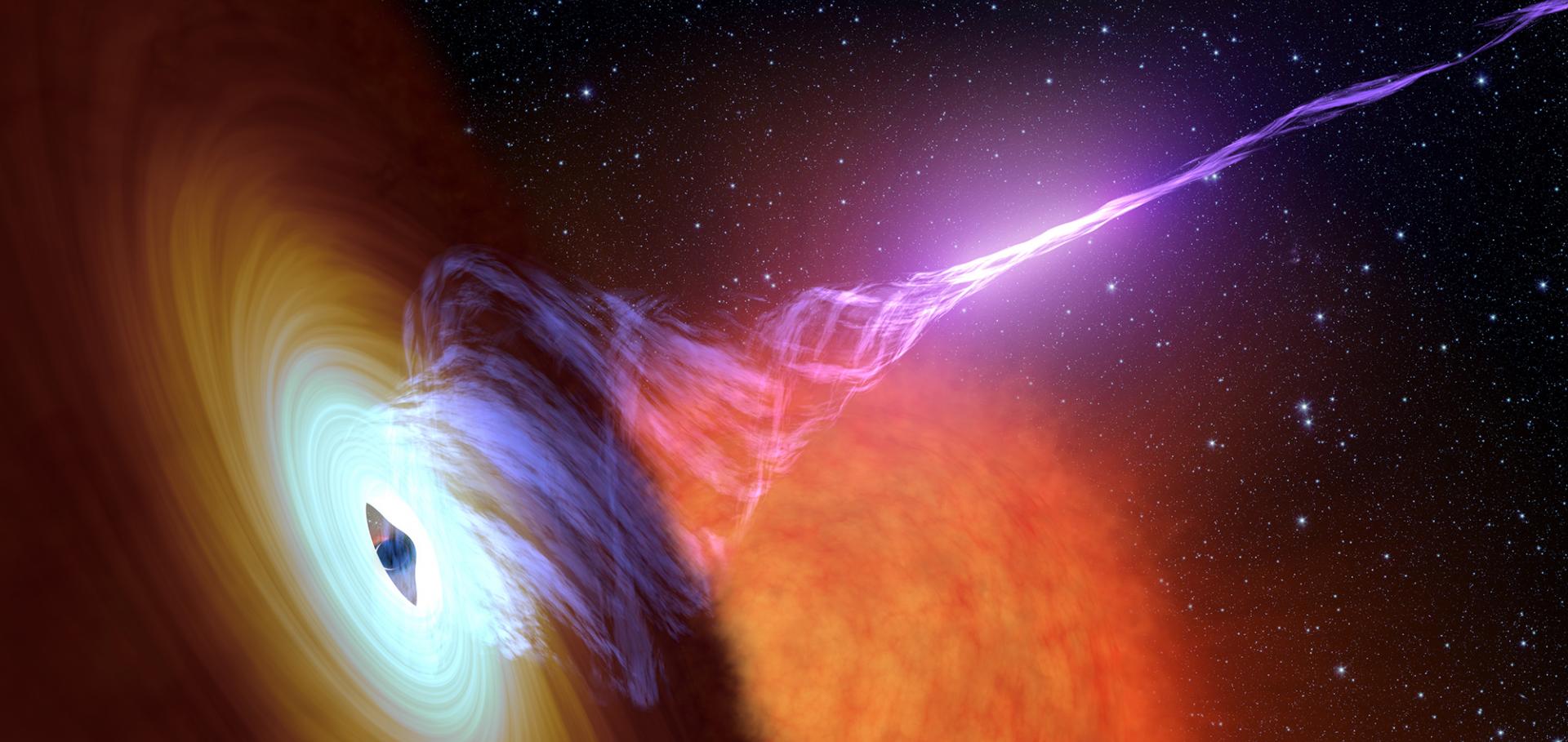The detection of radio emission from known X-ray flaring star EXO 040830−7134.7
Monthly Notices of the Royal Astronomical Society Oxford University Press (OUP) 510:1 (2021) 1083-1092
The detection of pulsed emission at the spin period of the white dwarf in AE Aquarii in MeerKAT and Fermi-LAT data
Sissa Medialab Srl (2021) 046
MeerKAT radio detection of the Galactic black hole candidate Swift J1842.5-1124 during its 2020 outburst
(2021)
CHILES VERDES: Radio Variability at an Unprecedented Depth and Cadence in the COSMOS Field
The Astrophysical Journal American Astronomical Society 923:1 (2021) 31
The Panchromatic Afterglow of GW170817: The Full Uniform Data Set, Modeling, Comparison with Previous Results, and Implications
The Astrophysical Journal American Astronomical Society 922:2 (2021) 154


